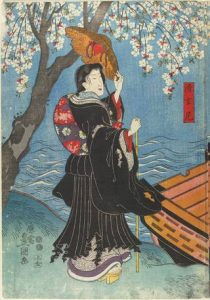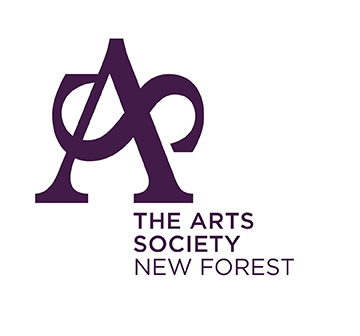Monday 9th October

A HISTORY OF JAPANESE WOODCUT
Carol Wilhide Justin
Ukiyo-e, or ‘Pictures of the Floating World’, executed in woodcut, was the dominant, popular Japanese art form between the 17th and 19th centuries. This historical overview beginning with the introduction of the woodcut to Japan in 770 introduces the cultural and political background, key artists, imagery and innovations that led to the ukiyo-e period, and goes on to explore the cultural and creative cross-fertilization that such prints inspired when they first arrived in the West in the 1880s, causing an immediate sensation. The influence of ukiyo-e can be particularly seen in the work of the Impressionist artists, and later through the Crown Point Press. Following a residency in Japan, where the lecturer learned the mokuhanga technique from Japanese sensei, her own artistic practice has been informed by a similar cross-cultural sensibility.
